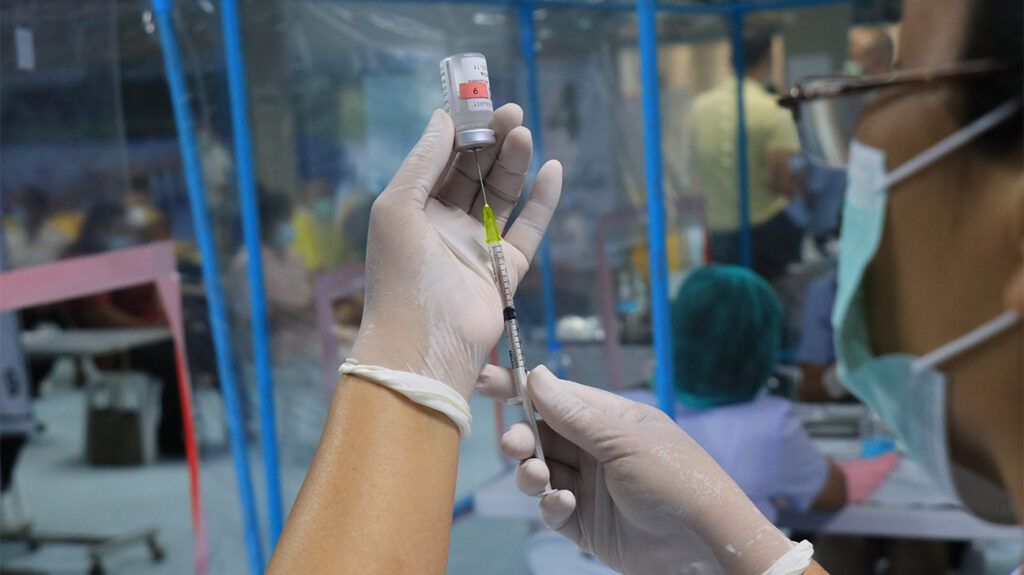Efficacy of Transcatheter Edge-to-Edge Repair in Improving Survival for Elderly Patients with Atrial Functional Mitral Regurgitation

A recent study demonstrates that transcatheter edge-to-edge repair (TEER) significantly improves survival and reduces hospitalization in elderly patients with atrial functional mitral regurgitation, offering a safe alternative to surgery.
Recent research has highlighted the benefits of transcatheter edge-to-edge repair (TEER) in treating elderly patients suffering from atrial functional mitral regurgitation (AFMR). AFMR occurs when structural changes in the atrium or mitral valve prevent effective closure, leading to blood leakage back into the atrium. Common among frail and older populations, AFMR often results in heart failure, and surgical options can be too risky for this vulnerable group.
TEER, a minimally invasive procedure, has gained prominence as a safe alternative for managing various forms of mitral regurgitation. It has shown promising results in reducing mortality and hospitalization in patients with ventricular functional mitral regurgitation (VFMR). However, its benefits in AFMR, which differs in its underlying causes, have been under scrutiny.
A comprehensive study published in the European Heart Journal on July 9, 2025, examined the impact of TEER on clinical outcomes in 1,081 elderly AFMR patients across Japan. The participants had an average age of 80.1 years, with over 60% women. Of these, 441 underwent TEER, while 640 received medical therapy without surgical intervention. Using advanced statistical methods to balance baseline characteristics, the researchers found that TEER significantly improved survival rates.
Results indicated that patients treated with TEER faced a 35% lower risk of the combined endpoint—death and heart failure hospitalization—compared to those on medication alone. The risk of death itself was reduced by 42%. Notably, at the three-year mark, only 21% of TEER patients experienced adverse outcomes, versus 44% in the medical therapy group. Improved outcomes were especially evident when residual mitral regurgitation after TEER was mild or less, emphasizing the importance of procedural success.
The study also reported high procedural success, with over 78% of patients achieving mild or less residual AFMR and a low complication rate of just 2.9%. Interestingly, variables like age, sex, or left atrial size did not significantly influence the benefits of TEER, although extreme atrial enlargement could attenuate its effectiveness.
While acknowledging limitations such as its observational nature, the researchers used multiple statistical approaches to validate their findings. The results suggest that TEER could serve as an effective, low-risk treatment option for elderly patients with AFMR, particularly when surgery poses too high a risk.
As Japan’s population ages, the prevalence of mitral regurgitation is expected to rise. This study provides strong evidence that TEER, when performed successfully, offers a promising alternative to traditional surgery for frail and elderly patients. Experts conclude that TEER bridges the gap between treatment risk and benefit, providing a vital option for managing this challenging condition.
Source: https://medicalxpress.com/news/2025-08-transcatheter-edge-survival-elderly-patients.html
Stay Updated with Mia's Feed
Get the latest health & wellness insights delivered straight to your inbox.
Related Articles
Rise in Appendix Cancer Cases Among Younger Adults Highlights Changing Trends
Recent studies reveal a concerning rise in appendix cancer cases among younger adults, driven by lifestyle, environmental, and biological factors. Early awareness and diagnosis are vital for improving outcomes.
Innovative Blood Pressure Measurement Method Offers Hope for Patients with Limited Arm Access
Researchers have developed a new method for accurately measuring blood pressure at the ankle, aiding those unable to have arm readings and potentially reducing misdiagnoses worldwide.
Updates to COVID-19 Vaccination Guidelines: Essential Questions Explored
Explore the latest changes in COVID-19 vaccination guidelines in 2025, including impacts on pregnant people and children, and expert insights on public health implications.
Safety of Aqueous Humor Liquid Biopsy Confirmed in Pediatric Retinoblastoma Patients
Recent study confirms that aqueous humor liquid biopsy is a safe and effective procedure for children with retinoblastoma, with minimal risks and excellent safety outcomes.



